Following the fire that destroyed Delhi’s Natural History Museum on Tuesday, mid-day puts to test the fire-preparedness of some of the city’s top institutions. The result is a mixed bag
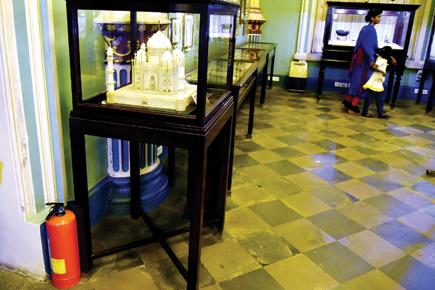
A fire extinguisher placed beside an exhibit at Bhau Daji Lad museum
Bhau Daji Lad Museum
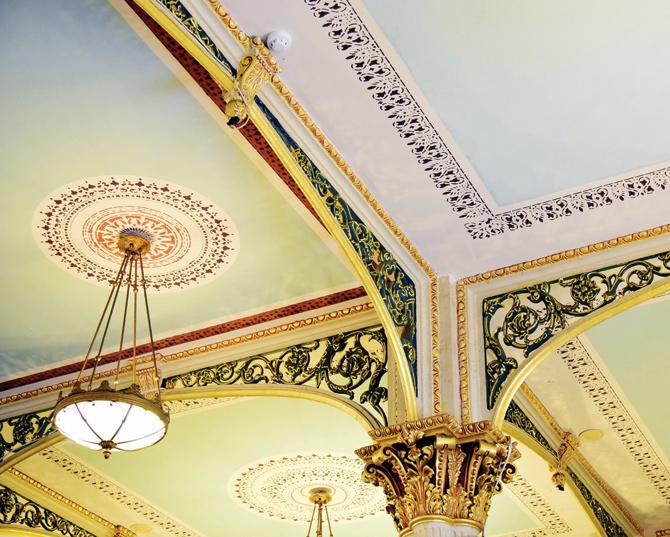
The Bhau Daji Lad Museum in Byculla has ample smoke detectors. Pic/Shadab Khan
Bhau Daji Lad Museum (BDLM), earlier known as Victoria and Albert Museum was established in the year 1872.
Also Read: Delhi: Massive fire destroys National Museum of Natural History

A fire extinguisher placed beside an exhibit at Bhau Daji Lad museum. Pic/Shadab Khan
The museum operates through a public-private partnership model between BMC, the Jamnalal Bajaj Foundation and the Indian National Trust for Art and Cultural Heritage (INTACH). While the agreement was signed in February 2003, the museum was opened for public in 2008 following an intensive restoration project. The museum has over 3.5 lakh visitors.
Ground report
mid-day visited the Bhau Daji Lad Museum in Byculla to test its fire safety standards and came back satisfied with the results.
>> Fire extinguishers were adequately placed on the ground floor of the museum as well as on the first floor.
>> The presence of smoke detectors ensured that the fire alarm system was in place.
>> We further checked for the emergency exit and found it easily on the ground floor.
>> Both the entry and exit doors were wide enough for an easy evacuation in case of an emergency.
>> The pathway leading up to the museum was wide enough to give free access to a fire brigade vehicle.
Officialspeak
“We do an internal fire audit every 3 months and have the fire department do it once a year,” said Tasneem Mehta, the Managing Trustee and Honorary Director of Bhau Daji Lad Museum.
BEST Museum
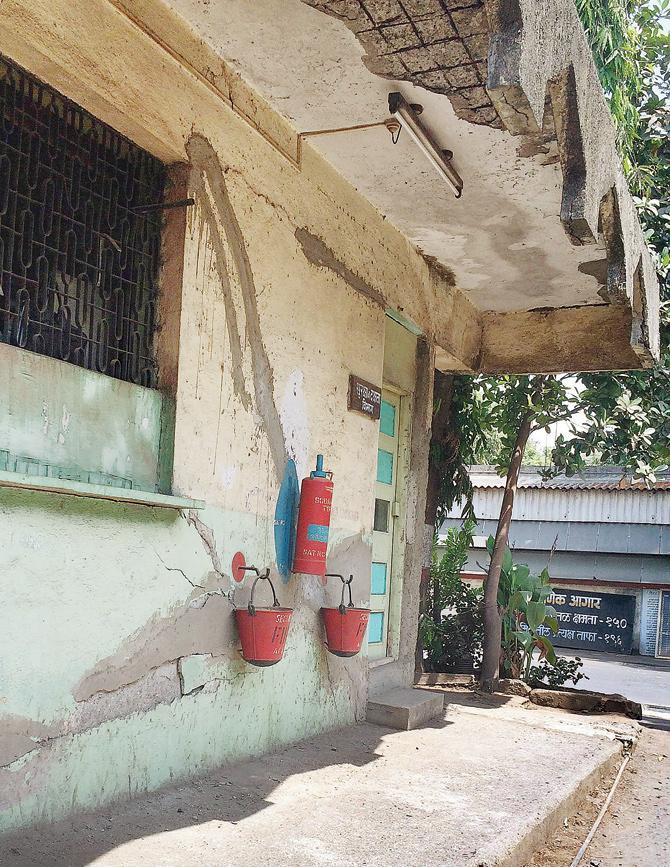
Sand buckets at the BEST museum at Anik Depot. Pic/Atul Kamble
The BEST museum at Anik Depot is one of the oldest of its kind, and was set up in 1984 at Kurla, before being shifted to the Anik depot in 1992. The museum displays remains of trams, old double decker buses, and many old photographs of the BEST buses.
Ground report
>> The BEST museum had only one fire extinguisher in the main hall
>> We could not find any smoke detectors in the museum
>> We found a couple of sand buckets placed on an outer wall
Official speak
BEST Spokesperson H Gophane said, “We check the fire safety equipment that are in place and the fire audit is also done.”
National Gallery of Modern Art
The National Gallery of Modern Art at Kala Ghoda, is part of Mumbai’s museum scape.The cultural cognoscenti congregate here for bite sized finger food, artists and their work imbue it with a distinct bohemian vibe.Only the facade remains of the edifice that was formerly the auditorium known as the Sir Cowasji Jehangir Public Hall, donated to the city in 1911. Sir C J Hall, transformed into the NGMA, Mumbai and opened to the public in 1996. The complex of CJ Hall was built by the British architect Wittet at a cost of R19 lakh, with the balance of R11 lakh contributed by Sir Currimbhoy Ibrahim and Sir Jacob Sassoon.
Ground report
> The National Gallery of Modern Art with its wide gates, falls straight on to the main road, thereby offering clear access to fire tenders
> Each floor has smoke detectors and fire sprinklers
> The wide corridors and internal design make negotiating the National Gallery of Modern Art very easy
> There are numerous exit points
Officialspeak
Dr Shivaprasad M Khened, director NGMA, said, “A fire audit was done earlier this year and we are awaiting the result, which will come by May.
Watch Video: Fire engulfs Natural History Museum in Delhi
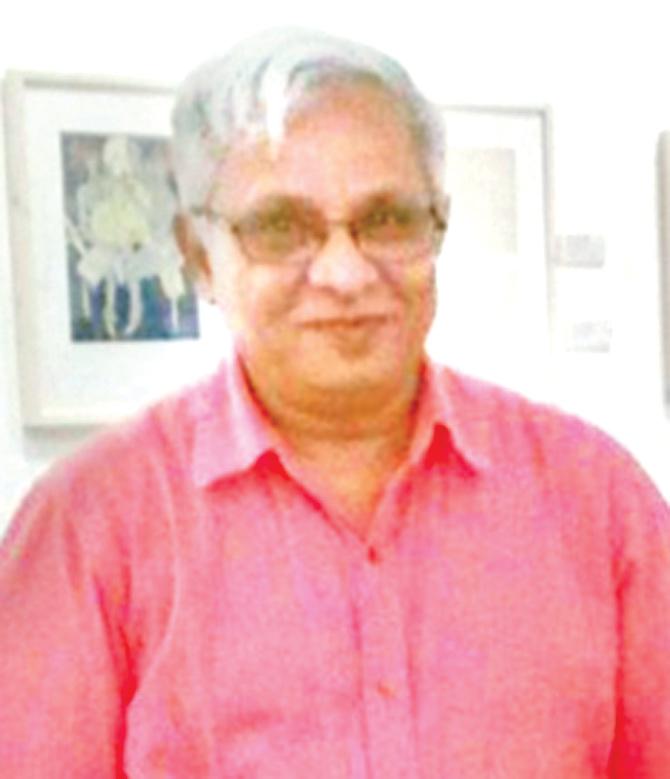
This building is centrally air-conditioned, so that mitigates the possibility of short circuit, we do not have power-hungry systems like geysers, heaters.” Dr Khened adds, “One just cannot be too careful in case of a public place, like the NGMA.”
Mani Bhavan
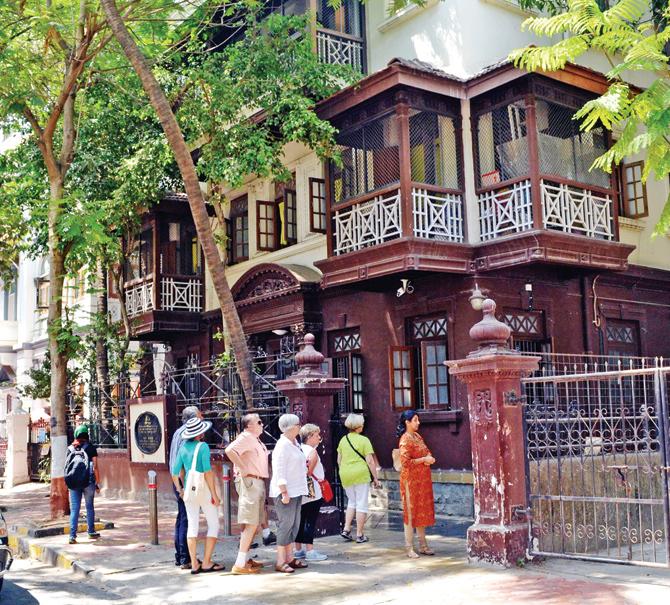
Pic/Datta Kumbhar
Mani Bhavan at Grant Road was the residence of Mahatma Gandhi from 1917 to 1934. This was the place from where Gandhi spearheaded India’s freedom struggle. It is a heritage site that has remains of the Mahatma’s personal artefacts and books from his personal collection.
Ground report
>> There are about eight fire extinguishers inside the premises but no sand buckets.
>> The staff is trained in their use and the extinguishers were within their expiry date. But there were no sprinklers.
>> There were no signs for an exit. Besides, the small passages and staircases can lead to chaos in cases of emergency.
Officialspeak
Yogesh Kamdar, Hon secretary and trustee, said: “A fire audit has not been done for at least a year. But the problem is that the Trust has a shortage of funds. We want companies and individuals to come forward and help us in this regard. We are taking this matter very seriously.”He said that the building does have sprinklers. He also mentioned that officials from the neighbouring Gowalia Tank fire station often come on informal visits and are apprised of the situation.
Nehru Science Centre
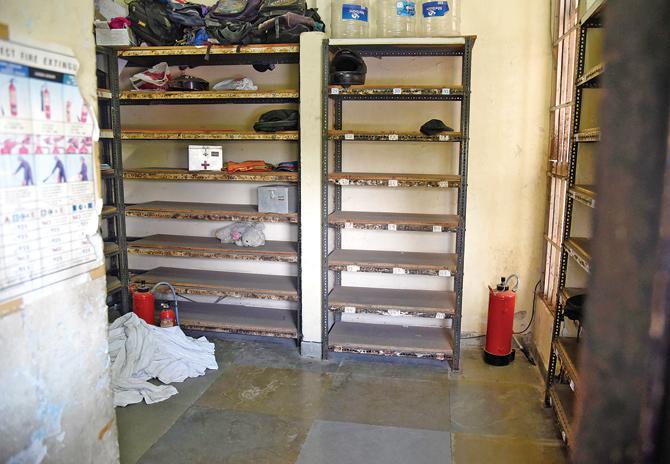
The Nehru Science Centre is one of the most popular tourist attractions in the city.
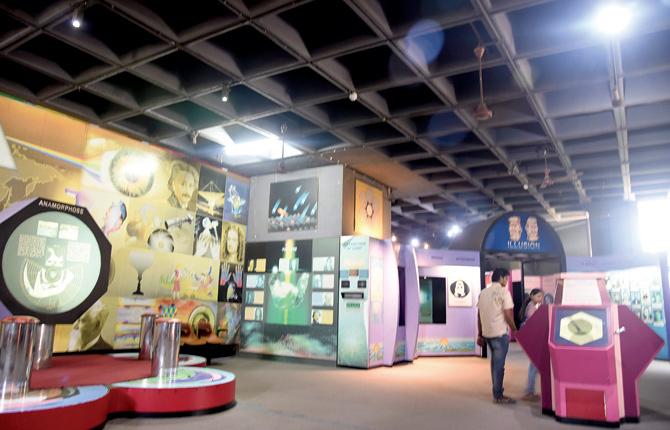
Established in 1985, the Nehru Science Centre entertains around 1,000 to 3,000 visitors per day during the summer vacation, and is frequented by children for its science marvels and innovative exhibits. Nearly 7.5 lakh visitors frequent the NSC annually.
Ground report
>> We found 3 fire extinguishers in the cabin of the security guard
>> The approach path to the entry and exit is wide enough for fire tenders
>> Fire sprinklers were adequately placed across the ceiling of the centre
>> The staircase had water hydrants and an emergency alarm button
>> The second and third floors had smoke detectors across the floors
>> On the second and the third floor of NSC there were more than 8-10 smoke detectors but
>> However, we were unable to locate the fire extinguishers.
>> The exit doors on the higher floors were easy to find
Officialspeak
Shivprasad Khened, Director of Nehru Science Centre said, “We have all the fire safety equipment in place and an independent fire audit was also done in 2014. We are expected to have another fire audit in the coming months. The fire extinguishers are refilled from time to time, and we also have water hydrants in place to tackle any emergency situation.”
RBI’s Monetary Museum
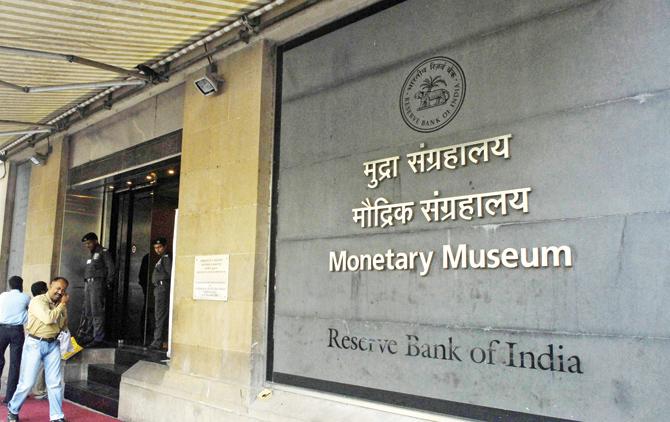
Pic/Shadab Khan
Reserve Bank of India’s Monetary Museum showcases the evolution of currency in India. It is a high security museum.
Ground report
mid-day visited the museum on Wednesday
>> The small museum had enough number of smoke detectors and extinguishers.
>> The exits were wide. However, there was no signage.
>> No sprinklers were to be seen.
>>z The automatic exits might pose a problem in case of a fire.
>> In case the power goes off, people might stay trapped inside.
CSM Vastu Sangrahalay
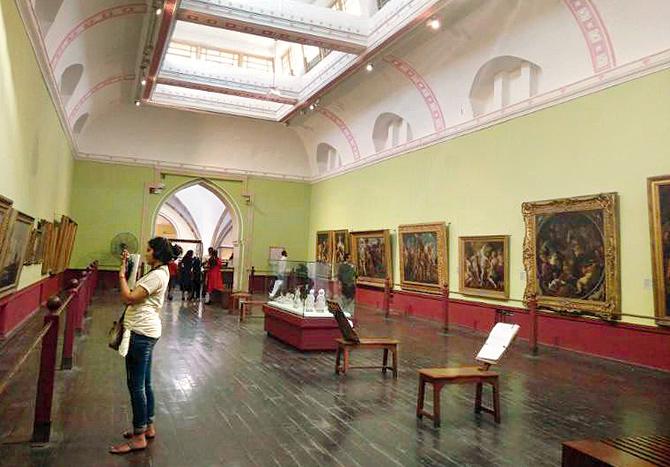
No visible smoke detectors or sprinklers in the museum
Chhatrapati Shivaji Maharaj Vastu Sangrahalay (CSMVS), formerly known as the Prince of Wales museum was built in the 1900s and is a Grade-I heritage structure. Prince of Wales laid its foundation stone in 1905, after which it came to be known as the Prince of Wales museum.
Ground report
mid-day visited the museum on Tuesday.
>> Almost every gallery had smoke detectors. But none of them had sprinklers.
>> Also, while there were many fire extinguishers, there were no sand buckets.
>> There was no map showing the fire exits. The smoke detectors were not seen in the Ratan Tata Art Gallery or the Dorab Tata Art Gallery.
>> Same goes for the weapons gallery and the Chinese, Japanese art section. However, all the passages had detectors.
>> There was a protective net near the ceiling of the gallery, which could be a fire hazard. The terraces were locked with a grill, which could pose problems.
Officialspeak
Sabyasachi Mukherjee, director of the museum said: “A private company did a comprehensive security audit in 2013. It included an audit of the fire preparedness as well. A compliance certificate was given by it but was not submitted to the fire brigade.”
A guard at Ratan Tata gallery said they are given fire safety training every 6 months.
‘We conduct fire checks every 60 days’
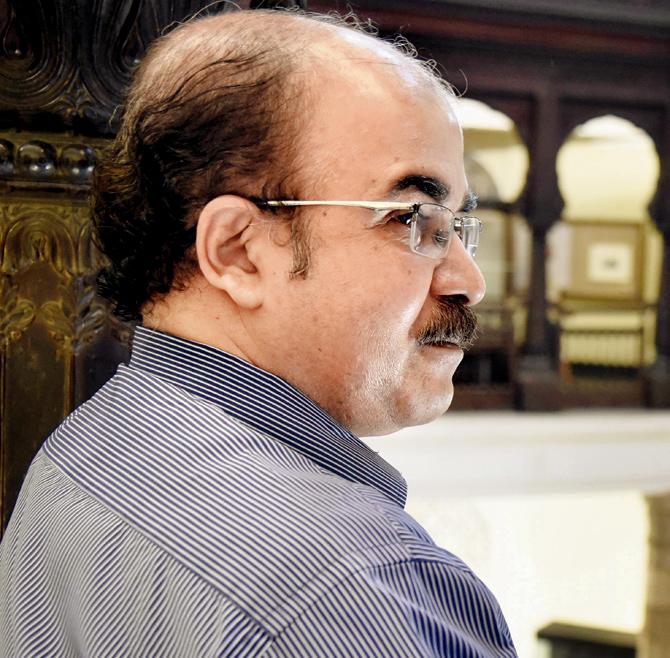
Sabyasachi Mukhejee
We are one of the only institutions in the country to have a permanent electrical consultant to oversee the premises. We also have architect Vikas Dilawari to oversee the conservation aspect. In 2008, as part of the modernisation plan, the management felt that the museum needed a more sophisticated control system. We also had concerns regarding a sub-station, which was removed once the new safety measures began to get incorporated. Today, 98% of this revamp is complete, with the newest Himalayan and Tibetan Gallery being the only section left. In the system here, the electrical control room is away from the structure. As soon as a leakage or a short circuit is detected, the power in the entire building gets cut off automatically. Every two months, two senior officers, the contractor and consultant do a fire detection check where we ensure equipment is in good shape. Our exit doors are functional. We are taking good care of our heritage. As we speak, an electrical audit is being conducted. The last one was done 5-6 years ago.
Sabyasachi Mukherjee, Director General & Secretary, Board of Trustees, CSMVS
‘In India, fire exits are used as storage space’
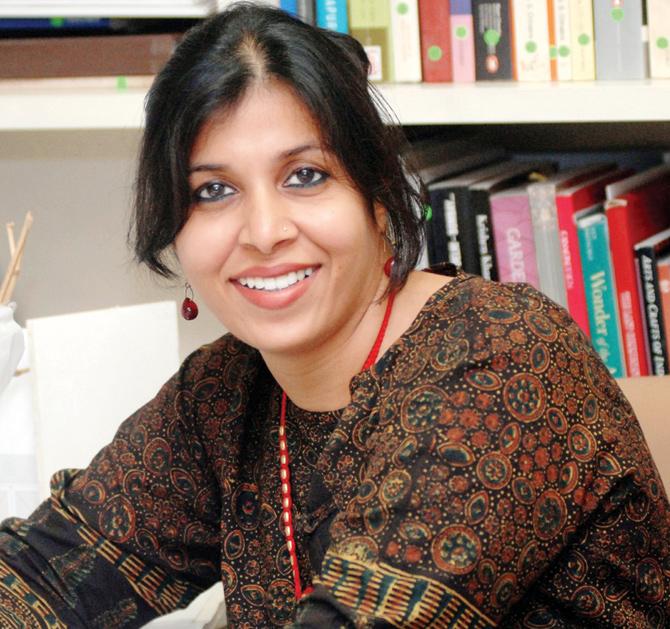
Batul Raaj Mehta
Global Museums: Internationally, not just with museums, but I’ve noticed how across building structures, strict fire safety norms are followed, from fire-retardant doors and materials to exits, and fire hoses. All of these elements are checked regularly. Checks on whether taps are rusty or not are also taken into consideration. Not only in museums but in most buildings in India, fire exits are often used as an additional storage space.
In Mumbai: In 2013, during the BMW Guggenheim Lab project at the Dr Bhau Daji Lad Museum, a bamboo pavilion was installed. Special treatment was done to ensure these bamboos were fireproof and the entire space was safe, and all of this was done with technology available in India.
Safety checklist: The Government of India has developed appropriate safety norms; these need to be implemented. It’s no rocket science but about ticking the checklist. It’s tragic that such a disaster had to happen for people to wake up and take stock. Museums house some of the country’s most precious wealth, and if you cannot protect it, it is a loss to the nation.
Delhi fire: A museum of natural history is bound to have organic material that is flammable, and hence it was even more important that practices were followed. In the 1970s and 80s, fire safety norms weren’t stringent in the country. Apart from the museum, there were other offices in the same structure, which displays how fire safety practices weren’t up to date for the entire building.
Bihar Museum: While working on Patna’s Bihar Museum, similar norms were followed. While the architect drew up the floor plan in consultation with the fire department, we were observers for this exercise. From exhibition layouts to emergency exits, all of it was considered. And the exhibition intent was to use fire-retardant materials.
Batul Raaj Mehta, Lord Cultural Resources, Principal Consultant, Bihar Museum
‘If a work is burnt in a fire, it is lost forever’

Brinda Miller
Mumbai's key museums, such as Bhau Daji Lad and CSMVS, are both heritage structures that need to be preserved, as well as their contents. The National Gallery of Modern Art, for instance, has so much woodwork inside that extra precaution needs to be taken to protect it. They are important tourist spots and have a great nostalgia value. These museums not only host important collections, but also have many special international shows. Of course, these shows are well-insured but if a work is burnt in a fire, it is lost forever. Rather than insurance, we have to ensure that accidents like these don't happen.
As far as the boutique museums, such as Mani Bhavan or the BEST Museum, which house niche collections, it is important to fireproof them. Abroad, museums take invisible measures to protect their collections. Smoke detectors can go a long way, and I am not sure if museums here have taken these steps. What can one do if a fire breaks out in the middle of the night? I suppose museums here have alarms since they are worried about theft, but not smoke detectors.
Brinda Miller is the Hon Director of Kala Ghoda Arts Festival. She has created murals for this precinct and has been responsible in bringing public art to the city
(Inputs from Fiona Fernandez and Benita Fernando)
 Subscribe today by clicking the link and stay updated with the latest news!" Click here!
Subscribe today by clicking the link and stay updated with the latest news!" Click here!









